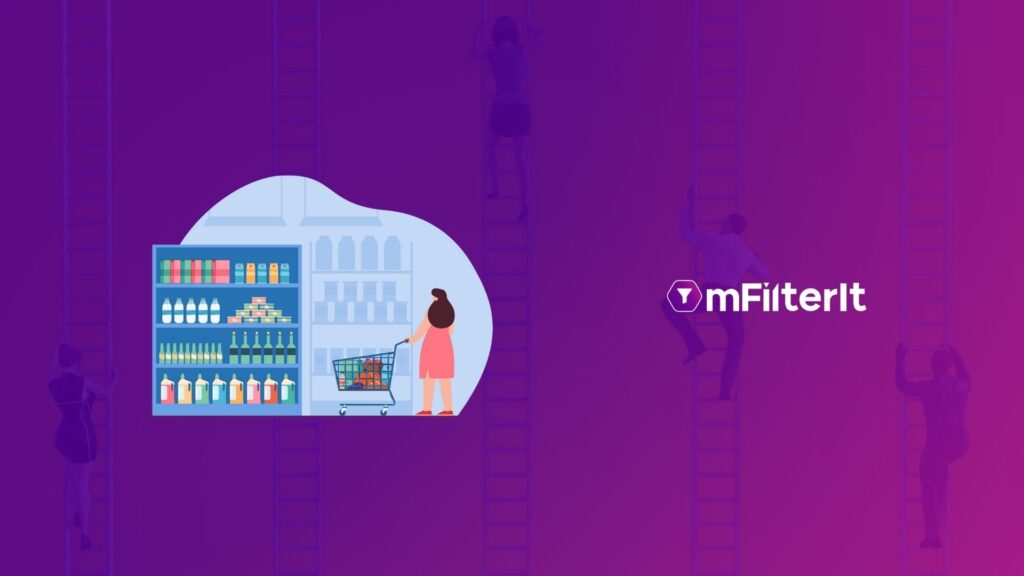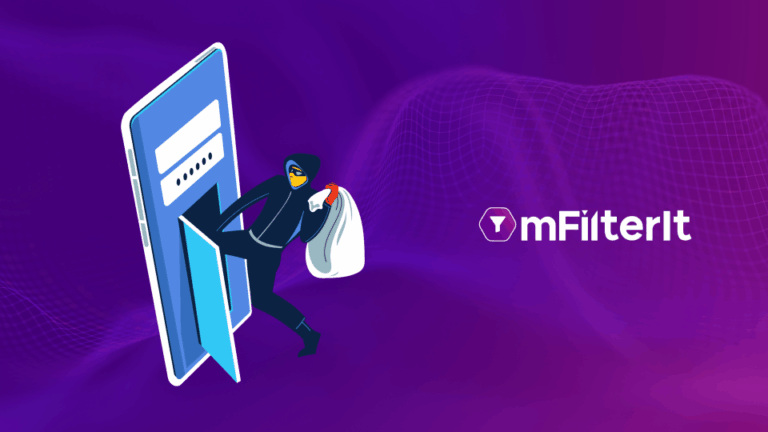Retail eCom sales have been booming since 2014. According to Statista, In 2023, global retail e-commerce sales reached an estimated 5.8 trillion U.S. dollars. Projections indicate a 39 percent growth in this figure over the coming years, with expectations to surpass eight trillion dollars by 2027
Nowadays, eCom brands retain their existing and new customers through promotions, offers, subscriptions, and deals, which also gives them a competitive edge. Share-of-Shelf (SOS) has become the next big model for boosting these deliverables.
SOS measures the visibility of a product based on a specific keyword under a particular category of an eCom marketplace. A high SOS means that the brand has eased consumer discoverability and product visibility on eCom searches. However, harnessing such results on the eCom store is tiresome as brands constantly need to review the keywords of their brand’s products and competitor listings.
Besides visibility, a higher share of digital shelf correlates to more money for the brand. How? Brands with higher visibility, especially on the first-page results, have witnessed higher number of consumers undertaking add-to-cart actions and conversions, hence higher sales. Forecasting such consumer behavior significantly impacts the product marketing strategies, sponsored listings, cross-selling across opportunities across eCom stores, etc.
Moreover, the knowledge about the eCom platform offering the highest SOS helps identify which marketplace has consumers more receptive to the brand? – another valuable insight for the sales and marketing team. Similarly, the brand also recognizes the keywords that offer the maximum search visibility to their products and the hero product under the categories.
Traditionally, brands measured the share-of-shelf in offline stores by calculating and analyzing the facings and linear listings. Brands reviewed the total products facing a category and compared it with competitors and variants. The linear listing accounted for the total products of a brand listed in a linear length and reviewed against the competitors.
However, the story of the share of the digital shelf is entirely different, as they are measured across eCom stores using keywords. Measuring the presence of a brand’s products helps identify trends across eCom stores, cities, and pin codes.
3 Reasons eCom SOS Has Become Highly Competitive
Reviewing the share of digital shelf help brands to gain insight into the presence of the product on eCom platforms. Brands can also learn about consumers’ journeys through SOS. Moreover, the need to track the share of sponsored and organic listings has become unavoidable. Tracking the brand’s discoverability under a category using keywords helps detect the most commonly used consumer searches.
Moreover, a brand can even decipher its product’s visibility based on competitor, organic/inorganic, and brand keywords. Unfortunately, brands sometimes get zero views on sponsored listings, which is worrisome. Simultaneously, competitors might also be making money by enhancing their visibility using your brand’s keywords. But these are secondary advantages of reviewing the share of digital shelf and can get dealt with by contacting the eCom marketplace. However, the primary advantages offered by keeping track of the SOS are as follows:
Optimize Searches
Brands often enhance searches using the preferred keywords on pages, results, or lists. Moreover, they are further segmented into long and short-tail keywords. Brands understand that basket conversions and shopper awareness are substantially higher for the top five products (of the first page) on an eCommerce platform than others. So, the need to safeguard ‘brand-specific’ keywords from competitive bidding becomes important for enhancing product visibility.
Unfortunately, brand bidding is still a prevalent fraud even in the eCommerce industry and gravely hampers the search results. Share of brand search can summarize keyword search result share across each eCom marketplace. Analyzing the share of voice can prove helpful for benchmarking the top brands/products under definitive categories.
Data-driven results help brands curate looped feedback about consumer behavior, optimizing revenue spending. mScanIt even determines insights post SOS analysis based on city, pin code, or other classifications. Such segmentations help brands to optimize their marketing campaigns.
Measures Essential KPIs
Dashboard of mScanIt tailors the eCom results of Share-of-Shelf (SOS) through Key Performance Indicators (KPI). The KPIs help to enhance search results, display tailored results, improve the user experience, etc., using a single platform. The brands can discover the ongoing product, category, page, trends, besides performance and competitive data. The SOS covers KPIs like SKU range share, overall SOS, top product by search, average page positioning, etc.
According to Amazon, the top three search results account for 68% of clicks, and 75% of eCommerce shoppers make decisions based on the first page results. Utilizing SOS KPIs can help brands devise strategies to increase add-to-cart conversions and brand awareness.
Influences Consumer and Brand Behavior
Another significant advantage of reviewing SOS using an eCommerce competitive analytics solution is determining the consumer behavior or journey. Understanding the habits of the online shoppers on eCommerce platforms like Amazon and Flipkart can help devise multiple strategies.
For example, for any given keyword, e.g., brands like Aashirwad, Fortune, Pillsbury, and other brands’ products constantly appear on the first page. Moreover, consumers searching for FMCG or CPG products are almost instantly looking to fill their shelves. Therefore, products of brands with the highest visibility under the search term “atta” will likely incur higher conversion due to urgency.
So, SOS retains the capacity to influence consumer behavior. Industry researchers have also suggested that first-page product results in higher add-to-cart actions and conversions under a specific keyword and category. Simultaneously, such brands would significantly diminish their cart abandon rates.
Conclusion
Measuring the share of the digital shelf has become essential for brands because of the multiple advantages and competitor insights, other than product visibility under different keywords and categories. But, it is only a single discoverability aspect. But, brands require a more in-depth analysis of availability, performance, visibility, search, exec compliance, and brand safety before making the final marketing strategy calls.
An eCom Competitive Analytics solution like mScanIt can prove beneficial for achieving these goals while monitoring KPI achievements against the market leaders. In addition, a solution like mScanIt offers an easy mechanism for understanding consumer behavior journeys. SOS is not taken lightly by any eCommerce brands and marketers. They often try to optimize their analytics via the mScanIt solution. Connect with us to learn more.



